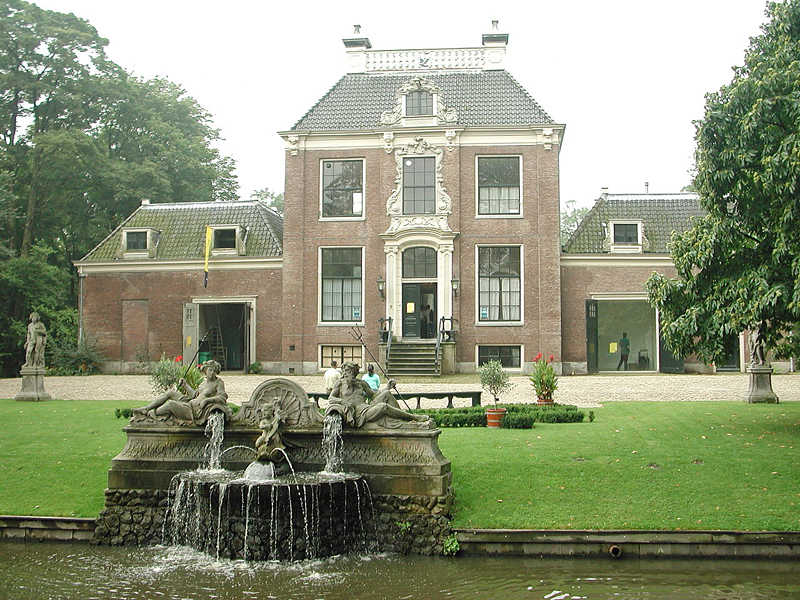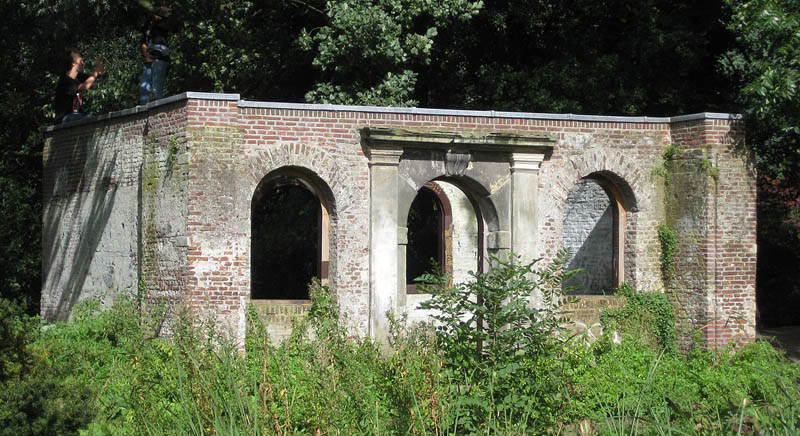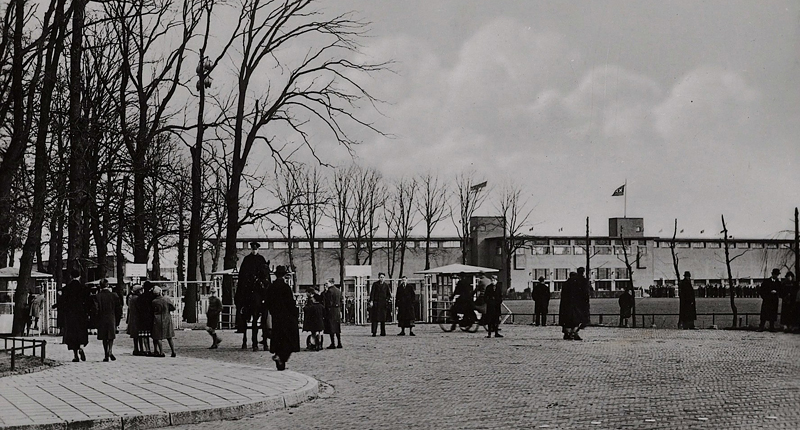Frankendael Park and Watergraafsmeer
Frankendaelpark borders the Jerusalem district in Amsterdam East and is located in the Watergraafsmeerpolder, which was drained in the early seventeenth century. This polder is about 5 meters below NAP (average sea level) and is one of the lowest lying polders in the Netherlands. The park is sandwiched between Middenweg and Hugo de Vrieslaan. Watergraafsmeer is characterized by sports fields and allotments and is a very green part of Amsterdam. Oosterbegraafplaats and the Jaap Eden skating rink are also in this area.
Attractions in Frankendael Park and Watergraafsmeer
1. Country house Frankendael
2. Pleasure Garden
3. The first Ajax Stadium
4. Watergraafsmeer Museum

1. Frankendael
Wealthy Amsterdammers built country houses here in the seventeenth and eighteenth centuries to spend the summer. Only pleasure garden Frankendael remains and is located in the middle of Frankendael Park. The Frankendael country estate is now a national monument with meeting rooms and is a popular wedding location. Restaurant Merkelbach is located in the former coach house.
2. Pleasure garden, forerunner of the amusement park
In the nineteenth century, the garden of Frankendael was a pleasure garden. People could board a charabanc in the Jordaan quarter in the centre or hop on the horse tram and get off at Frankendael.
This was a popular outing. The Frankendael pleasure garden was an popular attraction. There was a landscaped water feature with a natural-looking landscape, groves and winding paths and the city dweller imagined himself in another world. Other attractions included a ‘dangerous’ swing bridge and a convent with nuns at the windows.
But the star attraction everyone wanted to see was the hermitage and the hermit. This was a mechanically=moving wooden doll and by inserting a coin into a slot, the hermit nodded in a friendly way. Then he moved his right arm and with outstretched index finger pointed to a coffin complete with a skeleton. This hermit is now stored in the depot of the Amsterdam Museum and is occasionally exhibited.
photo: hermitage

3. The First Ajax Stadium
From 1907 to 1934 matches were played in the Houten Stadium (Wooden Stadium) which was the first official stadium of Ajax. It was located on present-day Christiaan Huygensplein. To call it a stadium is an exaggeration as it was just football pitch the size of the current plein (square).
In 1934, this stadium was demolished and Ajax moved to Stadium de Meer and played there until 1996. This new stadium was opposite the neighbourhood of Betondorp where Johan Cruijff grew up. It had a covered grandstand and could seat 20,000 people, and there were also two training fields.
A number of bridges in near the former stadium have been named after ex-players. Several streets bear the names of places where Ajax achieved great successes, such as Stade de Colombes quarter finals European Cup 1969 Ajax 3 – Benfica 0. After 1996 Ajax moved to the newly-built ArenA. Stadium. De Meer was demolished and a residential area was built on the site.
photo: Stadium de Meer

4. Watergraafsmeer Museum
This museum, open Saturdays from 11 a.m. to 3 p.m., is managed by Friends of Watergraafsmeer. On display are all kinds of mementos that tell something about this part of Amsterdam.
Exhibited are old postcards, beer glasses with Ajax logos, a First Day envelope from September 28, 1972 when Ajax won the World Cup in Buenos Aires and an original brick from the garden of the house at Akkerstraat 32, the birthplace of Johan Cruijf
Address: Radioweg 76, next to the Jaap Eden Ice Rink – show on map
Related article
Jeruzalem neighbourhood and post-war housing shortage
The Tree that Saw Everything
photos wiki commons



